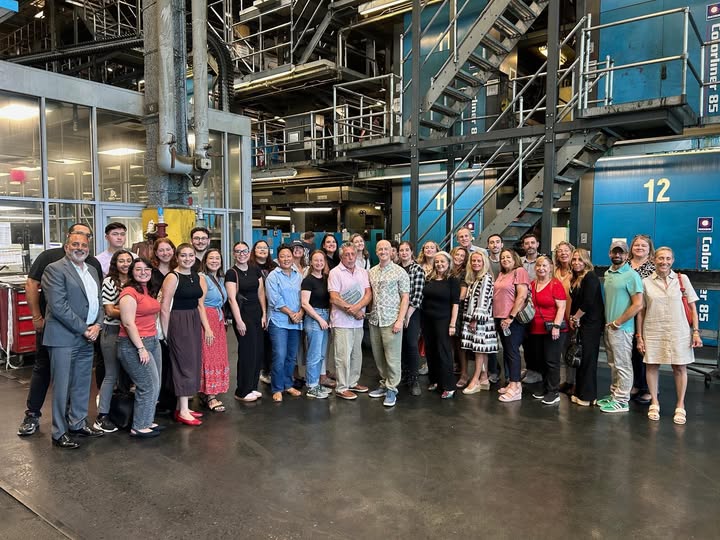A Guide to Internships
A GUIDE TO INTERNSHIPS
[Article courtesy of https://www.aiga.org/a-guide-to-internships/]
AIGA believes that quality internships provide an invaluable stepping stone towards professional practice and create continuity within the design profession. We thank those who open their doors to young designers and generously share their knowledge and experience with the next generation of design practitioners.
What is an internship?
An internship is a temporary job at a design studio that is geared toward an upper-level student or recent graduate. Studios may hire interns to assist on a specific project or for a set amount of time, such as the summer or a semester. Students and young designers often develop their practice by broadening their education with a mentor, while gaining experience in a professional design environment. Sponsoring design studios benefit from each intern’s unique approach, perspective and assistance during the creative process.
An internship is an opportunity to:
- Apply design skills acquired in school to real-world projects
- Collaborate with professionals
- Gain insight into the professional world of design
- “Test-drive” a particular working environment where you may hope to land a full-time job
- Network with design professionals
How to find an internship
This process can be a job in itself! Although it may be time-consuming, remember there is a lot to be learned from the experience, which can set the stage for strong career development. The process of seeking an internship provides valuable experience in talking about a your work. You will also learn about the professional practice of design and possibly discover new directions that your career could take. Competition for internship opportunities can be high-be sure to start the application process early.
A good internship host will:
- Issue you a job description before the internship begins that includes expected responsibilities and work hours
- Provide an opportunity for you to work directly with a senior level designer or art director (who acts as a mentor)
- Situate you in an on-site, professional, ethical and safe work environment
- Take account of your personal learning goals and answer your questions
- Provide you with the opportunity to experience a broad range of activities, including ideation and creative concept development, client interaction, new business proposal writing and production preparation
- Ask you to perform administrative work only as it relates to the design profession
- Give you an evaluation at the conclusion of your internship
- Reimburse you for transportation expenses incurred for and while on the job
How to be a good intern
To make a good impression as an intern, you must exhibit the utmost professionalism. Recognize that you may receive more responsibility by presenting yourself as dependable, easy to work with and appreciative of the internship opportunity. Take cues from co-workers and fall in line with the social style of the workplace.
As an intern, you should:
- Arrive on time and be ready to work as soon as you get there
- Treat everyone in the office politely and respectfully
- Prioritize communication and ask questions if you do not understand something
- Make no demands (don’t be “high maintenance”)
- Show enthusiasm and a willingness to help
Time and money
Internships vary in their duration and compensation. Internships typically last from a few months to a year. You may be paid by the hour, by the project or a flat rate may apply for the duration of the internship. Remember that an internship can be a worthwhile experience whether or not you are paid for your time. As a paid or unpaid intern, the studio will often also offer you invaluable small perks such as travel reimbursement, tickets to lectures or specialized training, recommendation letters or introductions to other professionals. You may also be eligible to earn academic credits for your internship experience. Check with your school’s career services office to find out if your internship qualifies.
Happy hunting!







